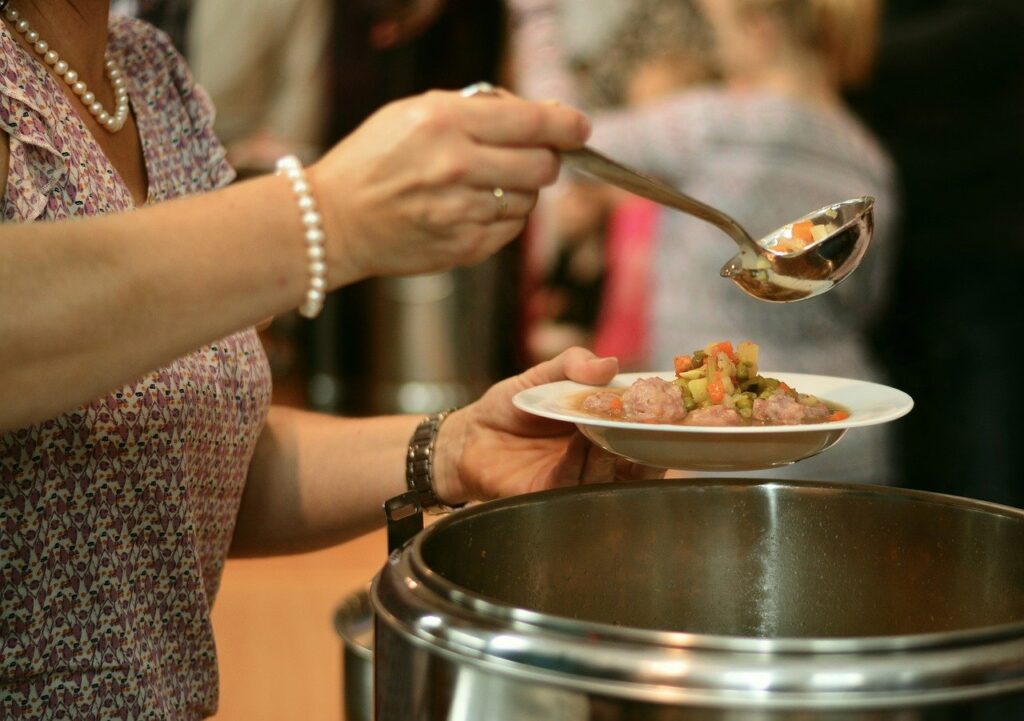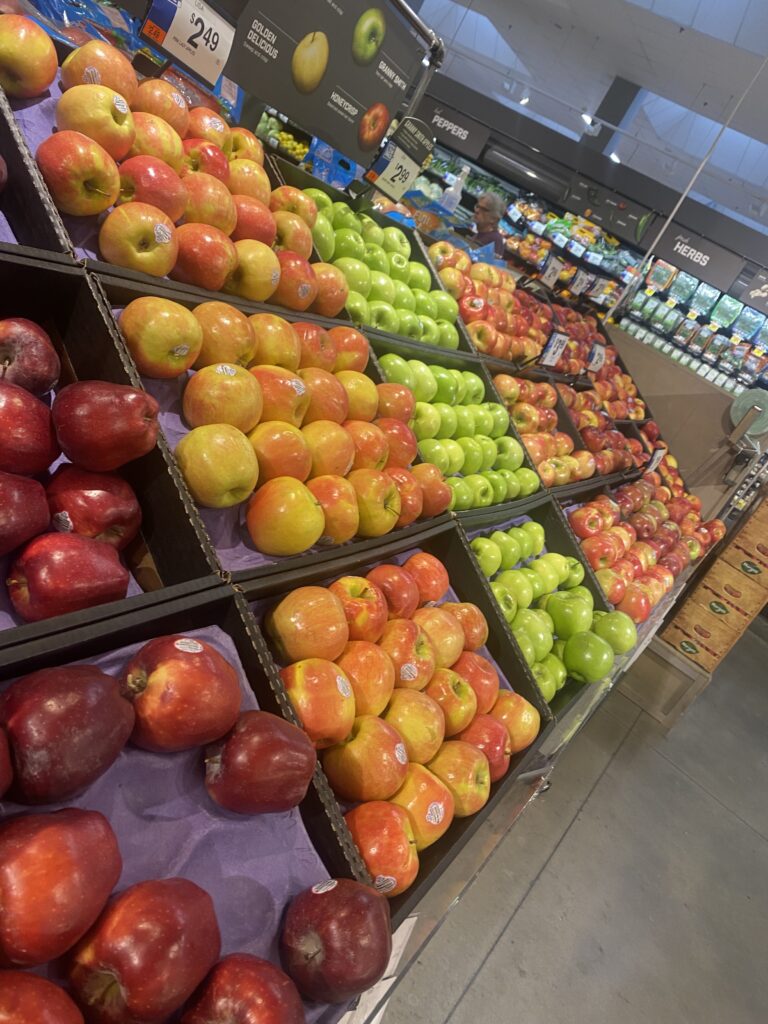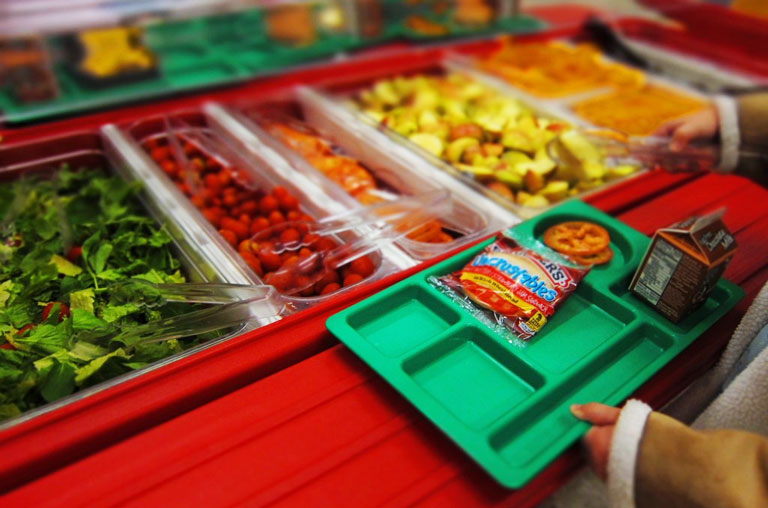Washingtonians like to eat outside. During the spring and summer, when the weather is agreeable, they picnic on the Mall, flock to restaurants with outdoor seating, and bring their lunches to local parks.
For many people on the street in the D.C. area, eating meals outside is a way of life year-round. According to one estimate from the Downtown D.C. Business Improvement District (BID), over 50 churches and organizations offer outdoor meal distribution programs in the District. These services provide thousands of meals every week.
Unfortunately, these groups are not coordinated by any central body and often overlap in some pars of the city while passing over others. This results in crowding, wasted food and missed opportunities.
But with the help of local universities, service providers are looking to change that.
With recent round-table discussions, Pete Schenk, BID’s outreach coordinator, began working with concerned groups to address this issue. Through a new initiative, the Meals Access Project (MAP), local universities, food banks and other organizations will collaborate to track and better distribute food services and will be made available around the city. The groups on board so far include Trinity University, Georgetown University, the Urban Institute, and Capital Area Food Bank.
Schenk first noticed the problem of uneven distribution of meal programs when he worked with the Salvation Army and rode through the city distributing items. “You could see three or four vans in one place, and on a Saturday in McPherson Square, there might be 15,” Schenk explained.
In addition to the overlapping of outdoor programs, organizations with indoor sit-down meals and shelters offering food must be considered. Because food stamps are now available to people who are homeless, MAP may also document stores that offer both ready-to-eat and unprepared foods that can be purchased with stamps. The map will eventually include all places where people on the street – or even those with homes who are short on cash – can find food when they need it.
It has not been difficult to garner support for MAP. Each of the local groups Schenk approached was happy to help. “Everyone knows there’s a problem and wants to see it straightened out,” Schenk said.
In the fall, students at Trinity University and Georgetown University are set to team up with people on the street to track the various food services in D.C. Once the initial map is completed, Schenk sees potential for the resource to go online and include. Information on other services, such as clothing distribution.
From an outreach perspective, this will be a valuable project not only get people the services they need upfront but to create smaller groups where outreach workers can approach those who avoid or distrust crowds. More intimate settings would allow them to discuss shelters, job training programs or other additional resources with people who have been hard to reach.
Downtown BID has historically addressed the needs of homeless people in the are with a walk-in center and staff outreach workers. The non-profit’s efforts to curb homelessness focus on connecting people with various services that D.C. has to offer.
In addition to homeless services, BID also provides cleaning, safety, advice on where to stay on how to get around the city, economic development. Its overall mission is to make the downtown area an attractive place to live, visit and do business. Reducing crowding at outdoor meal programs and helping people find services that will take them off the street is one way to achieve their goal.








